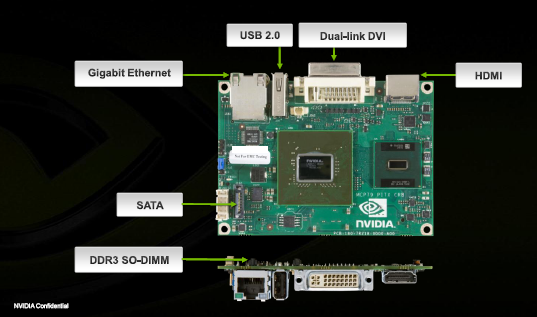Netbooks are great, but....
Why netbooks aren't the mobile panaceaThe Intel Atom-powered netbook has, arguably, revolutionised the industry, bringing a whole new genre to the laptop market. Led by the ASUS Eee PC and now sold by practically every big-name manufacturer, netbooks are plain cool for Internet browsing and checking email.
The portable size - most netbooks weigh between 800g and 1,500g - means that they're a truly on-the-go device, but a couple of shortcomings become apparent once you start to use them for any length of time. The first, battery life, is kind of poor on the majority of netbooks, discharging before three hours. The second bone of contention is that whilst the CPU is good, the supporting chipset misses out on 3D grunt and the benefits of dedicated logic for multimedia playback.
What Intel needed to do was ensure that netbook chipsets with the company's X4500MHD IGP were made available in the summer of 2008, but that hasn't happened, so if you want decent 3D and multimedia with Atom in a small laptop, the options are limited to, well, zero.
Bring on the green team
NVIDIA's changing that by releasing ION, which uses the single-chip GeForce 9400M attached to the Atom processor, as the picture shows.

All images courtesy of NVIDIA
What you're looking at is a Pico-ITX reference platform that makes up the guts of ION. The abilities of GeForce 9400M - the left-hand chip - means that modest 3D gaming and GPU-based help in the decode of high-definition content is a given, and a sensible bunch of outputs should fit most netbooks' needs.
Out goes the substandard Intel 945-based chipsets, which do little more than provide the backbone for Atom's usage. Prima facie, ION seems a better fit, but, inevitably, it will also increase the cost of netbooks to levels that encroach upon relatively thin-and-light (full-size) models.
One concern that we do have with the platform is with respect to battery longevity. It's already poor when run via the (comparatively) power-hungry 945 chipset, so we envisage slightly larger netbooks, weighing in at between 1.2-1.6kg, and shipping with larger-capacity batteries as a result. A sub-genre in the netbook market, if you will. We also reckon that NVIDIA-powered netbooks will use larger screens, say 11in-13in, with native resolutions of 1152x768, or higher.
It will be interesting to see how AMD responds to this new-and-improved Atom proposition because it squarely faces up to the company's Yukon platform vision which is part of the 2009 ultra-mobile range.









